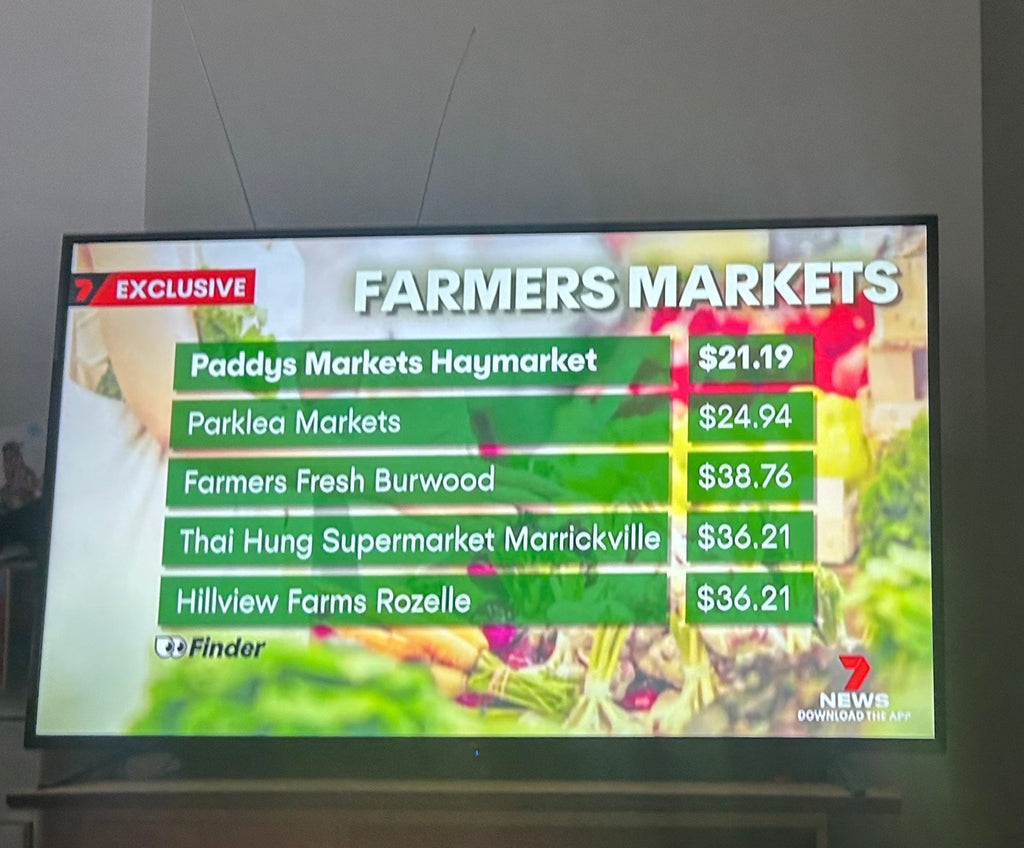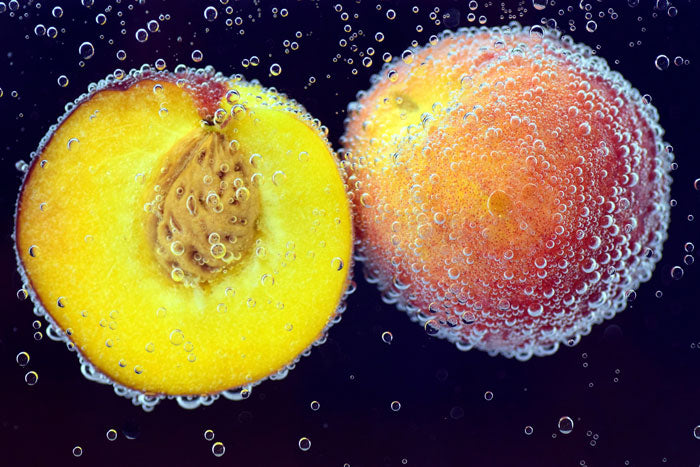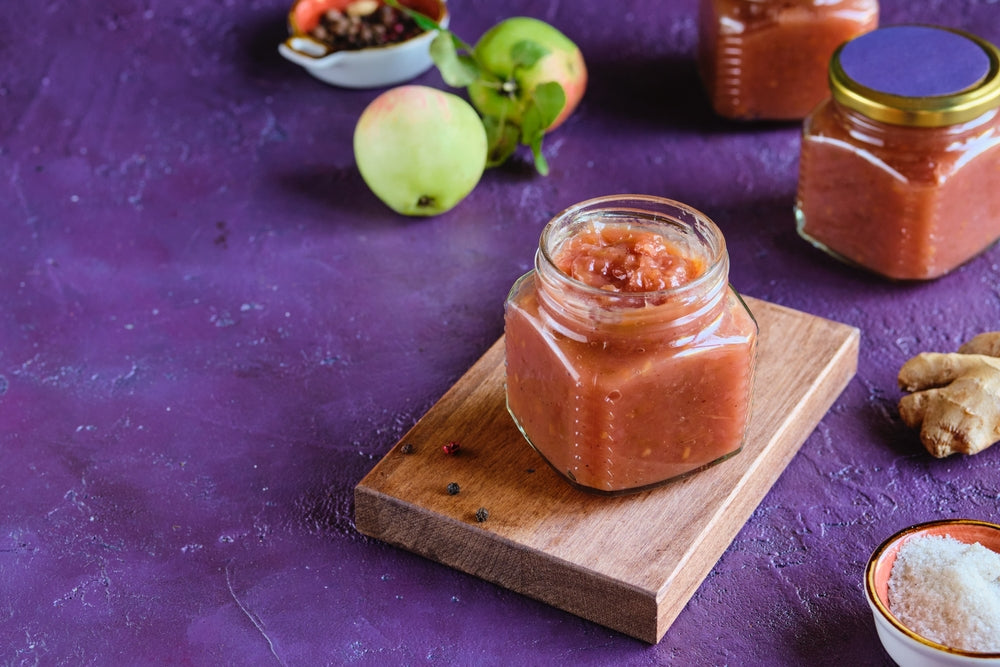Easiest & Healthiest Pickling Recipes for Fresh Produce
Canning can be a total pain. Your kitchen is filled to the brim with odds and ends and canning devices, mason jars, and giant pots of boiling water. In most cases, canning can take hours. If you want to can and pickle most vegetables, you’ll have to devote an entire day to the process. Ain’t nobody got time for that. If you love the taste and idea of pickling fruits and vegetables but don’t like the tedious canning process, we’ve got news for you. It’s possible to pickle fresh produce in under an hour, and below are some of our easiest and healthiest pickling recipes for fresh produce.
But wait, I only have ten minutes!
 Get yourself out of a time-crunch pickle with the salt and sugar technique. These “quickles” are sweet and easy pickles, and all you need is salt and sugar. First, slice a cucumber into thin chips. Place them in a bowl and add 1 1/2 teaspoon of kosher salt and a tablespoon of sugar. You can play around with the amount of salt and sugar depending on how sweet or salty you like your pickled cucumbers. You can add other seasonings to the mix, including chili flakes, or garlic. Stir the mixture and lid it. Then let it sit for up to ten minutes. Once it’s been pickled, you can drizzle olive oil onto the quickles for a tasty, healthy, and quick snack.
Get yourself out of a time-crunch pickle with the salt and sugar technique. These “quickles” are sweet and easy pickles, and all you need is salt and sugar. First, slice a cucumber into thin chips. Place them in a bowl and add 1 1/2 teaspoon of kosher salt and a tablespoon of sugar. You can play around with the amount of salt and sugar depending on how sweet or salty you like your pickled cucumbers. You can add other seasonings to the mix, including chili flakes, or garlic. Stir the mixture and lid it. Then let it sit for up to ten minutes. Once it’s been pickled, you can drizzle olive oil onto the quickles for a tasty, healthy, and quick snack.
With this quickle pickling technique, the salt and sugar suck out the moisture in the cucumbers, creating a brine that steeps the vegetables. While this brine won’t pickle the cucumbers like apple cider vinegar would over a week or so, it will have a similar effect on the produce. This is called a dry pickling method and won’t work for drier vegetables. You’ll only be able to do this with produce that has a high water content like radishes or cucumbers.
Pickling Basics
Pickled vegetables are best when they are made from incredibly fresh produce. Bruised and slightly old vegetables should be used in soups or other preservation processes. While technically any vegetables in any shape can be pickled, choosing the right pickling shape can add to the texture. Pickling green vegetables, like green beans and asparagus, for example, should be blanched first. Blanching is when you boil the vegetables in water for two or three minutes and then shock them with an ice water bath. This makes the texture softer for pickling and also preserves the specimen’s colour. A general guideline for prepping vegetables for pickling is:
- Cut carrots and cucumbers into spears
- Always peel carrots before pickling
- Blanch green beans and asparagus
- Thinly slice red onion, ginger, summer squash, and cucumbers
The Basics of Pickling Brine
A very basic but tasty recipe for brine is to use equal parts water and vinegar, but it’s all right to adjust according to your preferences. Any vinegar can work, including apple cider, white wine, rice, and white vinegar for pickling. You can also combine vinegar recipes or just stick to one vinegar. But be aware that you’ll need to avoid using aged or concentrated kinds of vinegar such as balsamic and malt vinegar for pickling vegetables.

What makes for a tasty pickling recipe?
The secret to pickling is in the spices you add to the brine. The same types of fresh cucumbers can be made into either dill pickles or bread and butter pickles. How you get that specific flavour comes down to spices. For example, a dill pickle is created when you add garlic, red pepper flakes, and dill seed to the brine. A simple pickled carrot recipe is made memorable when adding exotic spices like ginger or turmeric and thyme to the brine. Jars of pickled cherry tomatoes take on a whole new flavour when you add black peppercorns and garlic to the pickling recipe. Below are some examples of excellent spice combinations for pickling:
- Dried herbs dill, rosemary, oregano, marjoram, and thyme
- Garlic cloves smashed for a mild flavour or sliced for a more robust taste
- Fresh herbs oregano, rosemary, and dill
- Fresh ginger peeled and sliced thin
- Whole spices mustard seed, peppercorns, red pepper flakes, and coriander
- Ground spices smoked paprika and turmeric for appearance and taste
Next up we’ve got a recipe that’s suitable for pickling any vegetables, and it takes under one hour. The spices and herbs are all optional, except the salt, depending on your tastes.
Pickle Any Vegetable in Under an Hour
Ingredients you’ll need:
- 1 lb of fresh cucumbers, cherry tomatoes, bell peppers, green beans, summer squash, or watermelon rinds
- 1 or 2 teaspoons of whole spices
- Two sprigs of fresh herbs
- One teaspoon of dried or ground herbs and spices
- Two cloves of sliced or smashed garlic
- 1 cup of vinegar
- 1 cup of water
- Two teaspoons of pickling salt or one tablespoon of kosher salt
- One tablespoon of granulated sugar
Tools you’ll use:
- A cutting board
- A chef’s knife
- 2-pint mason jars with lids
- A canning funnel
What you’ll make:
- Two mason jars of pickled vegetables
How long it will take:
- 20 minutes of prep time
- 5 minutes of cooking time

Step 1: Prepare the Mason Jars
Wash all parts of the mason jars, including the jars themselves, rings, and lids in hot soapy water. Rinse thoroughly and then set them aside to dry or dry them by hand with a clean towel. Canning and pickling require all equipment to be as clean and sterile as possible.
Step 2: Prep the Produce
Wash and dry your vegetables and prep them, depending on what you’re using. For example, green beans will need their ends trimmed, and carrots will need to be peeled. You may need to blanch green vegetables. Then, cut them into the shape and size you want.
Step 3: Add Seasonings
Evening split up the seasonings between the two jars. Put them into the jars.
Step 4: Add the Veggies
Put the vegetables into the jars. Make sure there is a half-inch of space between the tops of the vegetables and rim. Be sure to pack them very tightly, without squishing them.
Step 5: Brine
Put the salt, sugar, water, and vinegar into a small pan and heat it on high heat. Bring the mixture to a boil, being sure to stir frequently, so the salt and sugar dissolves without sticking to the bottom of the saucepan. Once it’s boiling, pour it over the vegetables, and be sure to cover the tops of the vegetables, but leave the half-inch space. You probably won’t use all of the brine. You’ll need to tap the jars to remove any air bubbles around the vegetables. If you need to, top off the jars with more brine.
Step 6: Close and Seal the Jars
Lid the jars and then screw the rings on tightly.
Step 7: Refrigerate
Let the jars sit out and cool to room temp. Then, store them in the refrigerator. As they age, the pickled vegetables will take on a tastier, more robust flavour. It’s best to wait at least two days before eating them.
Step 8: Enjoy
Be aware that this easy and healthy pickling recipe is just that - a pickling recipe. These vegetables are technically not canned, so you can’t store them at room temp or leave them in the fridge for years until the zombie apocalypse starts. With this recipe, the vegetables are safe in the fridge and can be eaten for up to two months after pickling.
Vegetables are incredibly versatile foods that can be eaten raw, sauteed, pickled, and more. Unfortunately, not everyone has access to fresh and healthy produce year-round. If you want to improve your diet and health, order today from Hillview Farms and have fresh produce conveniently delivered straight to your door. Check out our delicious seasonal Veggie Set Boxes.



